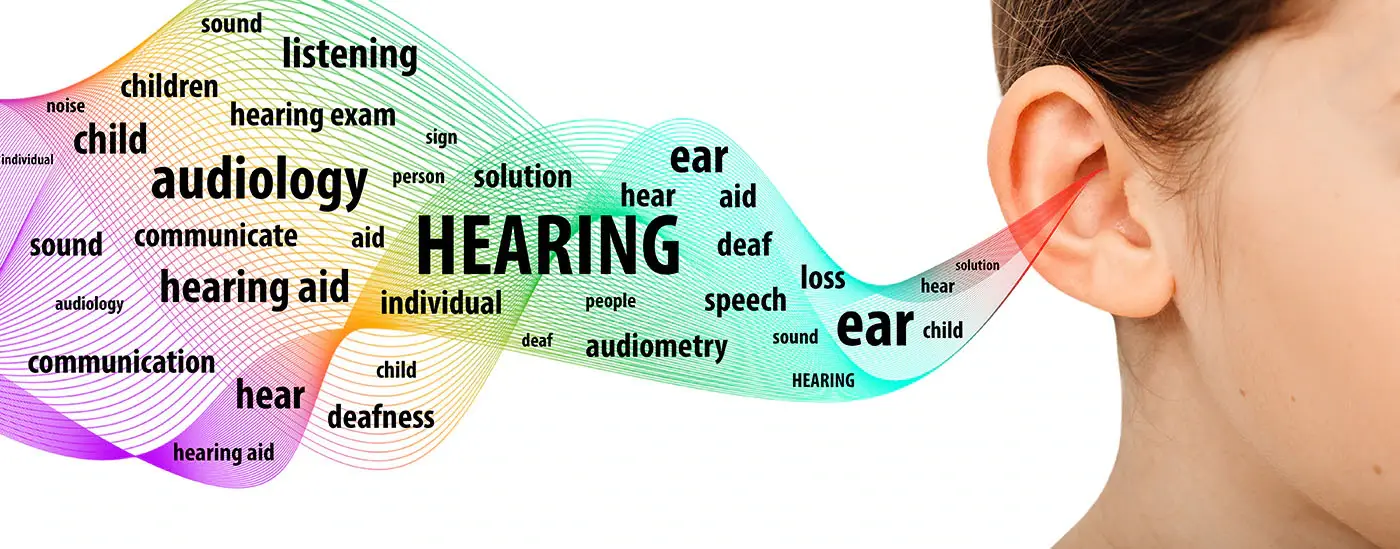Opal Sandy, a UK girl born deaf, can now hear unaided thanks to a pioneering gene therapy treatment. Administered shortly before her first birthday, the treatment has enabled Opal to hear sounds as soft as a whisper and begin speaking, uttering words like “Mama,” “Dada,” and “uh-oh.”
The therapy, delivered as an infusion into the ear, targets the faulty DNA responsible for Opal’s type of inherited deafness. She is part of a trial spanning the UK, the US, and Spain.
Opal’s parents, Jo and James, from Oxfordshire, have described the results of Regeneron’s treatment as “mind-blowing.” However, the decision to allow Opal to be the first to undergo this treatment was challenging. In an exclusive TV interview with BBC Breakfast News, Jo shared, “It was really scary, but I think we were given this unique opportunity.”
Opal’s sister, Nora, who is five years old and has the same type of deafness, currently manages well with an electrical cochlear implant. The therapy employs a modified, harmless virus to deliver a working copy of the Otof gene into affected cells. Opal underwent the treatment in her right ear under general anesthesia, while a cochlear implant was placed in her left ear.
Within weeks, she began hearing loud sounds like clapping in her right ear. After six months, doctors at Addenbrooke’s Hospital in Cambridge confirmed that her right ear had nearly normal hearing for soft sounds, including hushed whispers.
Professor Manohar Bance, chief investigator, and ear surgeon, expressed delight, stating, “It’s wonderful seeing her respond to sound it’s a very joyful time.” He hopes the trial will pave the way for gene therapy to be used in more common types of hearing loss, emphasizing the imprortance of early intervention.
Experts believe this therapy could benefit other forms of profound hearing loss, particularly as more than half of childhood hearing-loss cases have a genetic basis. Opal’s transformative experienceand additional scientific data from the trial are being presented at the American Society of Gene and Cell Therapy in Baltimore, US.”
uk

